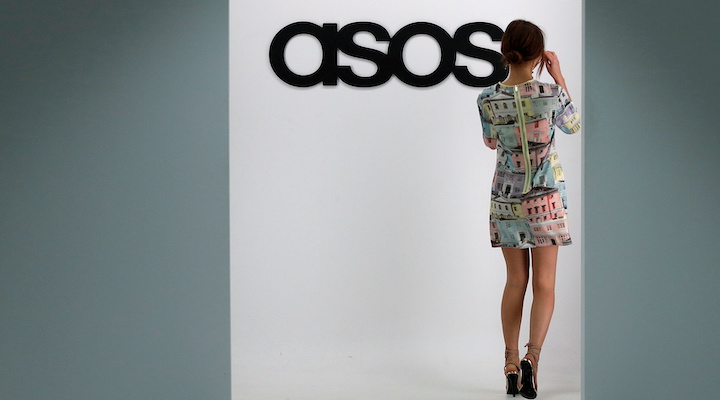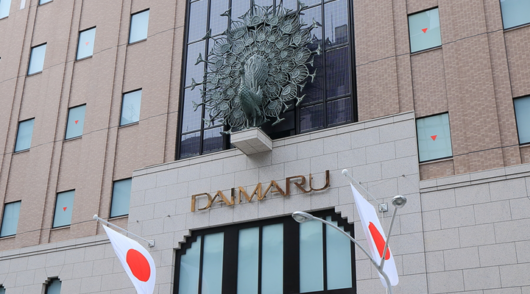Online fashion retailer Asos said US$365 million of cost savings would help drive profits this year after sales fell over its four-month Christmas period, showing the scale of the challenge facing the group’s new CEO.
José Antonio Ramos Calamonte, who took over the role in June, wants to prioritise profits over sales growth and win back the company’s 20-something fashion-conscious customers after the group stumbled following the pandemic.
Shares in Asos jumped 16 per cent to 682 pence in mid-morning trade on Thursday, spurred by hopes that Ramos Calamonte’s cost-saving plan will revive profits.
On the sales front, the CEO forecasted continued volatility.
In Britain, its biggest market Asos saw sales fall 8 per cent in the four months to December 31, hurt by Christmas delivery problems, which shook customer confidence in online, and a tough comparison against last year when, by contrast, the pandemic pushed people to shop online.
Britain is in the midst of a cost-of-living crisis and Asos blamed weak consumer sentiment for its UK sales fall, but many other retailers, such as clothes chain Next, have managed to grow Christmas sales, making Asos the laggard.
JD Sports, which, like Asos, has a young customer base, said on Wednesday its shoppers were showing resilience because they were less affected by mortgage and household bills.
The end of the Covid-19 pandemic has also helped groups like JD, which have physical stores. Data from IMRG showed online retail sales in Britain fell last year for the first time ever, to stand down 10.5 per cent on the year.
Analysts remain wary on prospects for Asos’s recovery. Thursday’s share price rise only takes it to levels last seen in November. The group has lost 70 per cent of its value over the past year.
Last October, Asos said it would overhaul its business model after an earlier profit slump.
“The current market backdrop is not favourable to retailers of ‘nice to have but not essential’ products, so Asos is by no means out of the danger zone,” said AJ Bell analyst Russ Mould.
Ramos Calamonte said that by dropping unprofitable brands, changing marketing spend, winding down extra storage facilities and other moves, Asos’s cost savings would more than offset headwinds from inflation and deliver a modest improvement in profit this year.
In Europe, Asos did better, growing sales more than 6 per cent during the period.
- Reporting by Sarah Young; Editing by Kate Holton and Clarence Fernandez, of Reuters.






